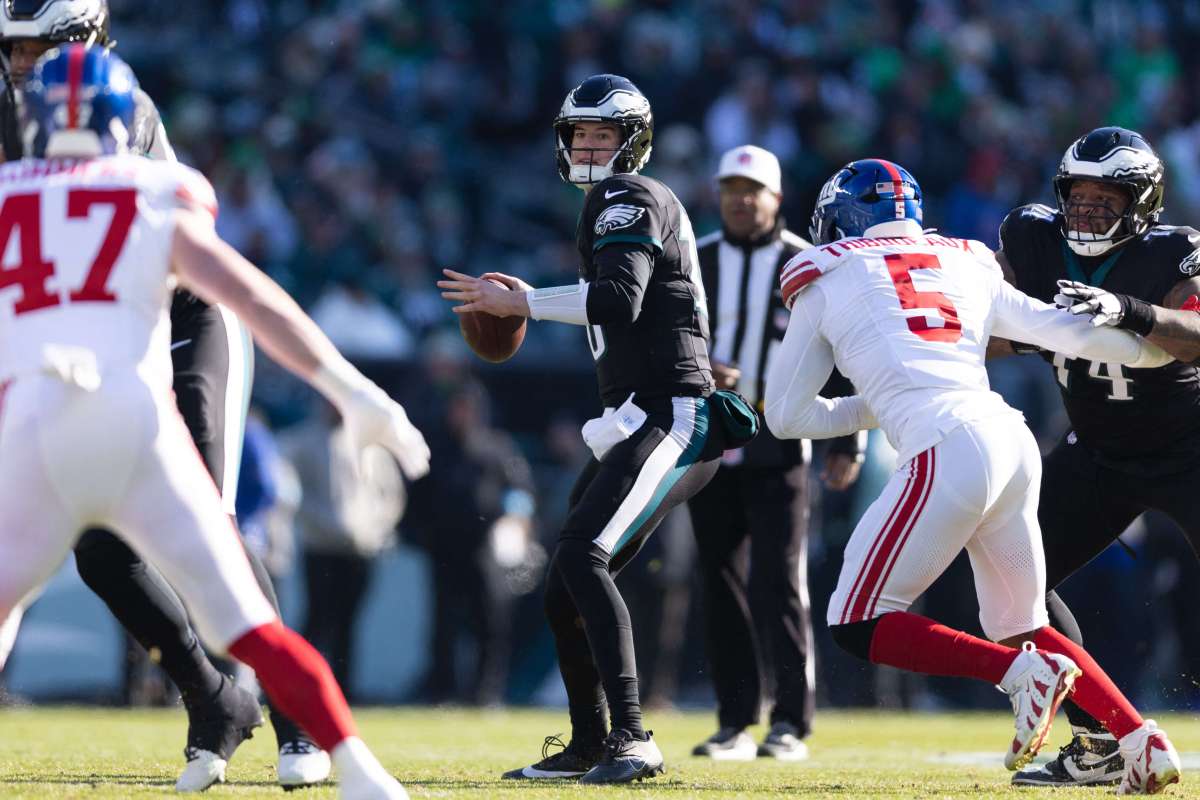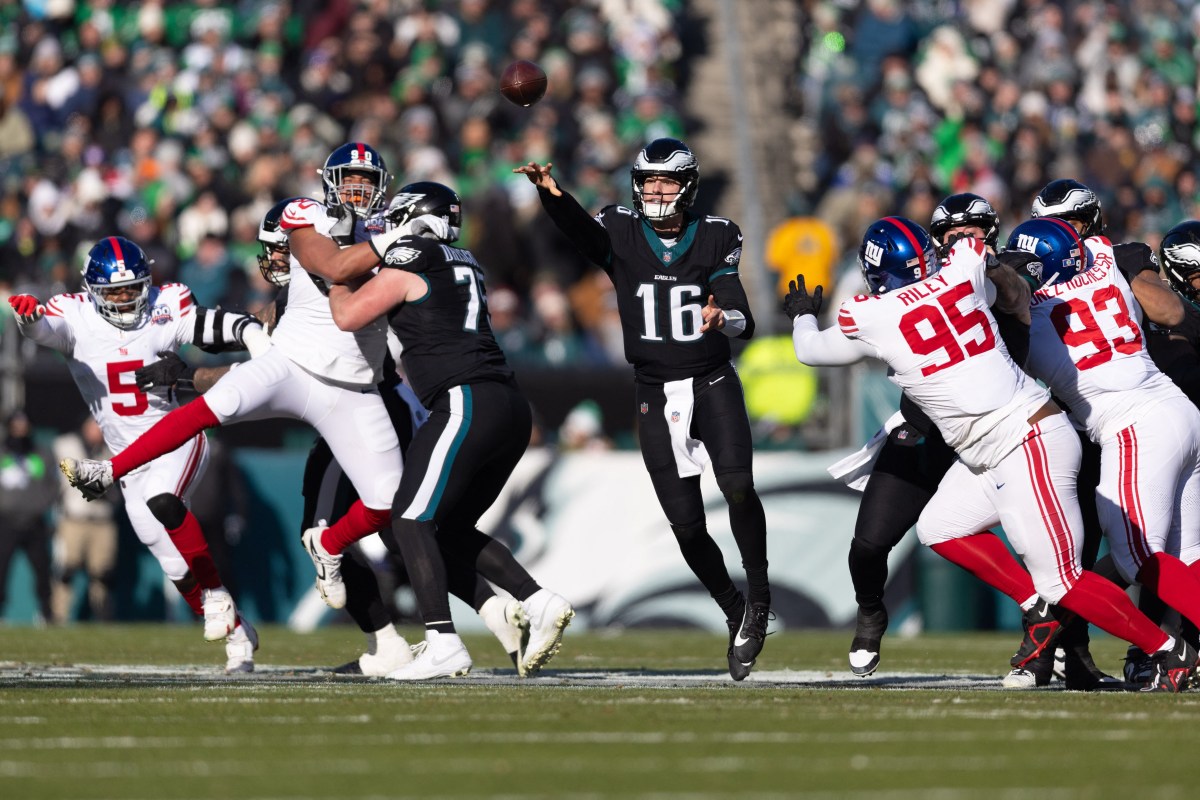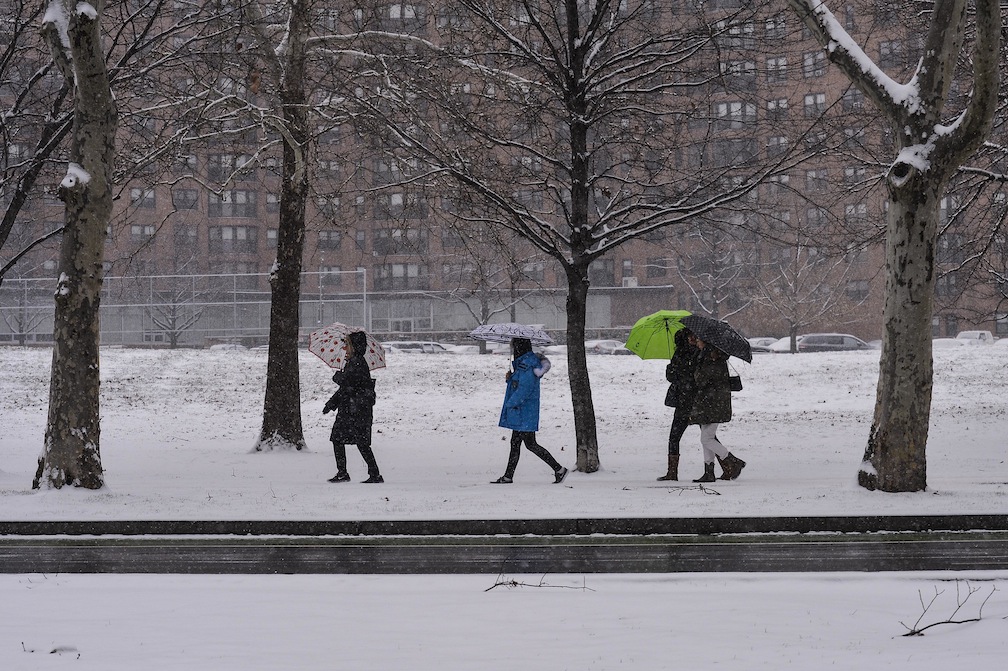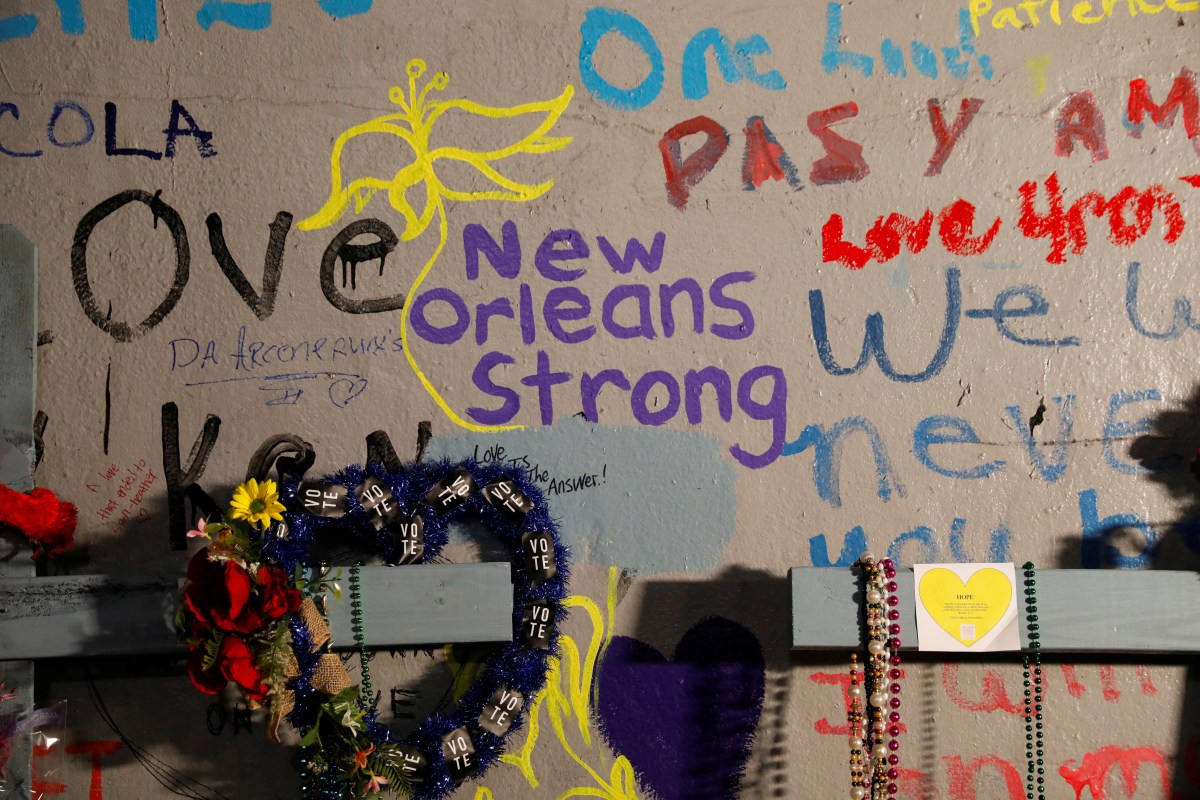By Ann Saphir and Lindsay Dunsmuir
SAN FRANCISCO/WASHINGTON (Reuters) – The Federal Reserve, long criticized for being too white and male, crossed a substantial milestone last year: for the first time in its 107-year history, white men held fewer than half of board seats at the Fed’s 12 regional outposts.
The shift, reinforced this January with a fresh round of appointments, has drawn little notice outside the Fed itself. But it is a window into how the U.S. central bank is setting the table for change among top policymakers, where progress toward diversity has been slow.
The push has been driven by the Fed’s own acknowledgement that its leaders don’t look like the nation for which they set monetary policy, and by political pressure to fix that, according to interviews with several current and former Fed policymakers. It also reflects, they said, the conviction that bringing a broader slice of America into the Fed’s boardrooms will result in a keener grasp of economic conditions and better policy decisions.
Board members are not policymakers themselves. But they share their perspectives on the economy in regular meetings with each of the 12 bank presidents who, along with five Fed policymakers in Washington, set the nation’s interest rates.
They matter because the boards, or more precisely the two-thirds of directors who are not bankers, hire Fed bank presidents.
Among this particularly influential boardroom subset, white men are now outnumbered by women and minorities by more than two to one, a Reuters analysis shows. For a graphic, click https://tmsnrt.rs/2QTNhk1
“That’s an area where we could make that commitment to having more women, more minorities very visibly effective in a short period of time,” Fed Governor Lael Brainard told Reuters. “There’s been a real sea change.”
As of Jan. 1, 64 of the 108 directors at all 12 Federal Reserve banks were women, or men of African-American, Hispanic, Asian, or Native American descent. In 2015, 70 of the 108 were white men.
Six of each nine-member board are supposed to represent the public and are often local leaders in business, education or labor, with three appointed by the Fed’s Washington-based Board of Governors and three by local bankers.
Among the remaining three directors, who represent banks and are by law barred from taking part in choosing Fed presidents, the majority remains white and male, and none are non-white women.
Even so, the Fed’s boards overall are more diverse than corporate America. Women constitute 26% of directors at S&P 500 Index companies, according to a May 2019 report from Spencer Stuart. At the top 200 companies, minorities accounted for 19% of directors. Boards at big U.S. banks are 30% female and 20% minority, a report published this month by House Financial Services Committee Democrats showed.
On the Fed’s boards, 41% are women, and 29% are minorities, the Reuters review found. For a graphic, click https://tmsnrt.rs/31TUnZC
POLITICS AND POLICY
Fed banks have long sought directors from a range of industries and places. But in 2011, an audit by the Government Accountability Office found “limited” representation of women and minorities on Fed bank boards.
Among its recommendations was that the Fed Board direct the banks to pick directors who are not necessarily CEOs.
“Once you realize that people at high levels in an organization can be perfectly good board members for you, that does increase the pool of candidates,” said Cleveland Fed President Loretta Mester, whose bank has made some of the biggest strides in diversity in the past five years.
“You’re a central bank. You should be representing the public,” she told Reuters.
It also took leadership at the board level.
Janet Yellen, the first woman to lead the Fed, said she ramped up efforts once she was appointed chair in 2014.
“I thought it was important, and we hadn’t done enough,” said Yellen, who decided to improve the pipeline that feeds into the board of director appointments.
Four Fed presidents told Reuters they keep running lists of potential female and minority directors, recruiting them to Fed advisory panels or the smaller boards of branch banks if there’s no immediate opening for a director on the bank’s main board.
Yellen and other senior Fed officials also point out that academic research shows that mixed-gender and mixed-race groups make better decisions.
“My work has been much crisper, more precise and less speculative because of the presence of diversity,” Atlanta Fed President Raphael Bostic said.
But there was also political pressure.
In 2014, an activist group called Fed Up sent protesters to the central banking’s annual August gathering in Jackson Hole to draw attention to the Fed’s lack of diversity, among other issues.
By 2016, Congress was paying attention: 127 U.S. lawmakers sent a letter to Yellen urging the Fed to better “reflect and represent the interests of our diverse country.”
“That was feedback I was certainly listening to,” Yellen said.
Fast forward to 2020, and progress at the very top of the Fed is still hard to spot. The three most powerful policymaker positions are held by white men. Five of the Fed’s 17 policymakers are women.
But Fed officials say things are changing.
From 2015 to 2018, seven banks got new presidents. Neel Kashkari, the son of Indian immigrants who heads the Minneapolis Fed, and Atlanta Fed’s Bostic, the system’s first black policymaker who is also gay, are the only two non-white policymakers. And San Francisco Fed President Mary Daly became the first gay female president.
Strict retirement rules mean that over the next couple of years, at least three more regional banks will need to find new leaders.
“Public trust in the Fed is critical, and we need to look like the people we work for,” Kashkari said.
But lawmakers and activists want more. Last September the House of Representatives voted to change the Federal Reserve Act to require interviews for Fed president jobs include at least one woman and at least one minority to address the “compelling need” for diversity among Fed leadership, although the bill has stalled in the Senate.
Next month Fed Up expects to publish an analysis showing a lack of job-sector diversity on Fed boards while renewing its criticism on their gender, racial and ethnic makeup.
“DIVERSITY LEADS TO DIVERSITY”
Searches for Fed presidents are national, but sometimes candidates come from closer to home. In 2015, the Philadelphia Fed selected one of its own directors, Patrick Harker, and in 2018, the Richmond Fed chose former Atlanta Fed board chair Thomas Barkin, both white men.
Alex Mehran, the San Francisco Fed chair who led the search that resulted in Daly’s hiring, said he expects the social and professional networks of the system’s increasingly broad-based boards to bolster recruiting efforts.
“Diversity leads to diversity,” he said.
Once seen as largely outside the purview of the central bank, inequality, race and gender are now frequent subjects in Fed policymaker speeches, and are increasingly feeding into its macroeconomic research.
At the Fed’s December meeting for instance, Fed staff economists presented policymakers an analysis of how workers from different racial and educational backgrounds fare in a recession.
In recent years, the Fed has also revamped its recruiting system for economists to attract more women and minorities, with a particular focus on bringing them in as research assistants to kick-start their careers. They remain well outnumbered by white, male peers, reflecting the economics profession as a whole.
“When I was starting out the question was why do you think you can make it in this arena – as a woman, as a mother, how do you think you could succeed?” Brainard said. “Now the conversation has to be about ‘we know you can succeed, how can we help you be successful?'”
(Graphic – Fed’s bumpy road to diversity: https://graphics.reuters.com/USA-FED-DIVERSITY/0100B5G93SR/FED.jpg)
(Reporting by Ann Saphir and Lindsay Dunsmuir; Editing by Dan Burns and Edward Tobin)




















